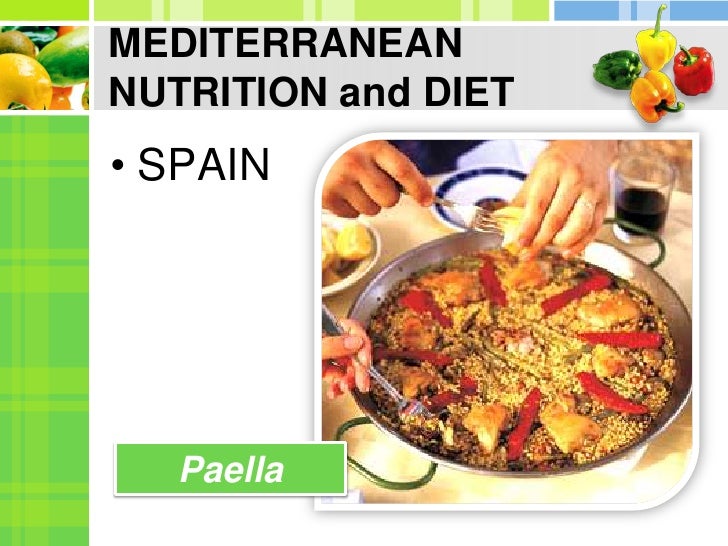 Eatwell Plate " U.K. Great Britain and Ireland have also decided to ditch the traditional food pyramid in favor of the Eatwell Plate, which used to be known as The Balance of Good Health. It looks remarkably similar to the U.S.’s MyPlate pictogram, though this one is divided into five categories with plenty of fruits, vegetables, and grains and less sugars and fats. It comes with some additional advice you can wash down with your milk (or calcium-fortified soy milk): Limit your salt intake substantially, and also drink at least six to eight glasses of water a day.
Eatwell Plate " U.K. Great Britain and Ireland have also decided to ditch the traditional food pyramid in favor of the Eatwell Plate, which used to be known as The Balance of Good Health. It looks remarkably similar to the U.S.’s MyPlate pictogram, though this one is divided into five categories with plenty of fruits, vegetables, and grains and less sugars and fats. It comes with some additional advice you can wash down with your milk (or calcium-fortified soy milk): Limit your salt intake substantially, and also drink at least six to eight glasses of water a day.No more than four eggs per week, including those used in cooking and baking. Fresh fruit as a typical dessert; high-sugar and/or high-fat desserts no more than a few times per week. Red meat only a few times per month (no more than 12 to 16 ounces or 340 to 450 grams per month).
Over the years, data has suggested that the parts of the Mediterranean region that have the lowest rates of disease and the highest life expectancies are those that eat a particular type of diet. Since this region includes many different countries, the specifics of this diet vary from location to location. However, they all have a few things in common. Much of the diet is made up of food from plant sources. This means breads, grains, and other carbohydrates, with an emphasis on whole grains, vegetables and fruit, and seeds, nuts, and other legumes.
3. Eggs - four a week, including those in processed foods. 4. Chicken - a few times a week, remove the skin. 5. Fish - a few times a week. 6. Cheese and yogurt - each day, choose low-fat varieties. 7. Olive oil - daily, in moderate amounts. 8. Fruit - daily, one at each meal. 9. Vegetables - every day at every meal. 12. Water - at least 6 servings daily.
The pyramid shape was chosen because it clearly depicts the foods that should be eaten in greatest quantity each day at the widest part of the pyramid, working up to foods that should be eaten only sparingly at the apex. The pyramid has met with praise as well as criticism, and is currently under review. Any changes to the current pyramid will most likely correspond directly with the Mediterranean model of eating. In recent years, one of the biggest critics of the current USDA’s Food Guide Pyramid has been the Oldways Preservation and Exchange Trust.
The dairy recommendations are similar-2/day on the Mediterranean Pyramid; 2-3 on the USDA version. However, in Greek cuisine, "dairy" means primarily yogurt and cheese, both derived from sheep's or goat's milk. In the U.S., "dairy" means cow's milk products, including whole milk and high-fat cheeses. The Greek Pyramid and the Harvard and Oldways' versions of Mediterranean-style food plans include exercise recommendations. The Harvard and Oldways' Pyramids put exercise right at the bottom of the triangle, to illustrate the importance of daily physical activity to the overall health goals of the food plan.
It relates to habits of life, which is believed plays a crucial role in the effectiveness of the pyramid. It includes having physical activity, enjoying your meals, and sharing them with others. The base is important because the way the human body is digesting anything it eats is directly affected by these factors.
The Mediterranean Diet Pyramid is used to describe the Mediterranean Diet. The pyramid is designed to help you easily determine the types and quantities of food you should eat. It’s been proven to decrease the risk of heart disease because of the abundance of healthy foods it contains. The Mediterranean Diets is based on the diets of people who lived in Greece, Crete and southern Italy during the early 1960's. During that time the incidence of chronic disease in the region was among the lowest in the world.
Eggplant, broccoli rabe and arugula are also included and are loaded with lot many phytonutrients that prevent from cancer and heart diseases. Binge on to some grilled eggplant slices brushed with olive oil and garlic, broccoli rabe roasted with olive oil, and balsamic vinegar which are some of the delicious munches to dive into. Arugula may be combined along with mushroom pizza or it can be added to any fresh veggie salad topped with some olive oil vinaigrette and lemon juice.

Post a Comment for "Food Pyramid (Mediterranean Diet) " Greece From Food Pyramids Around The World (Slideshow)"